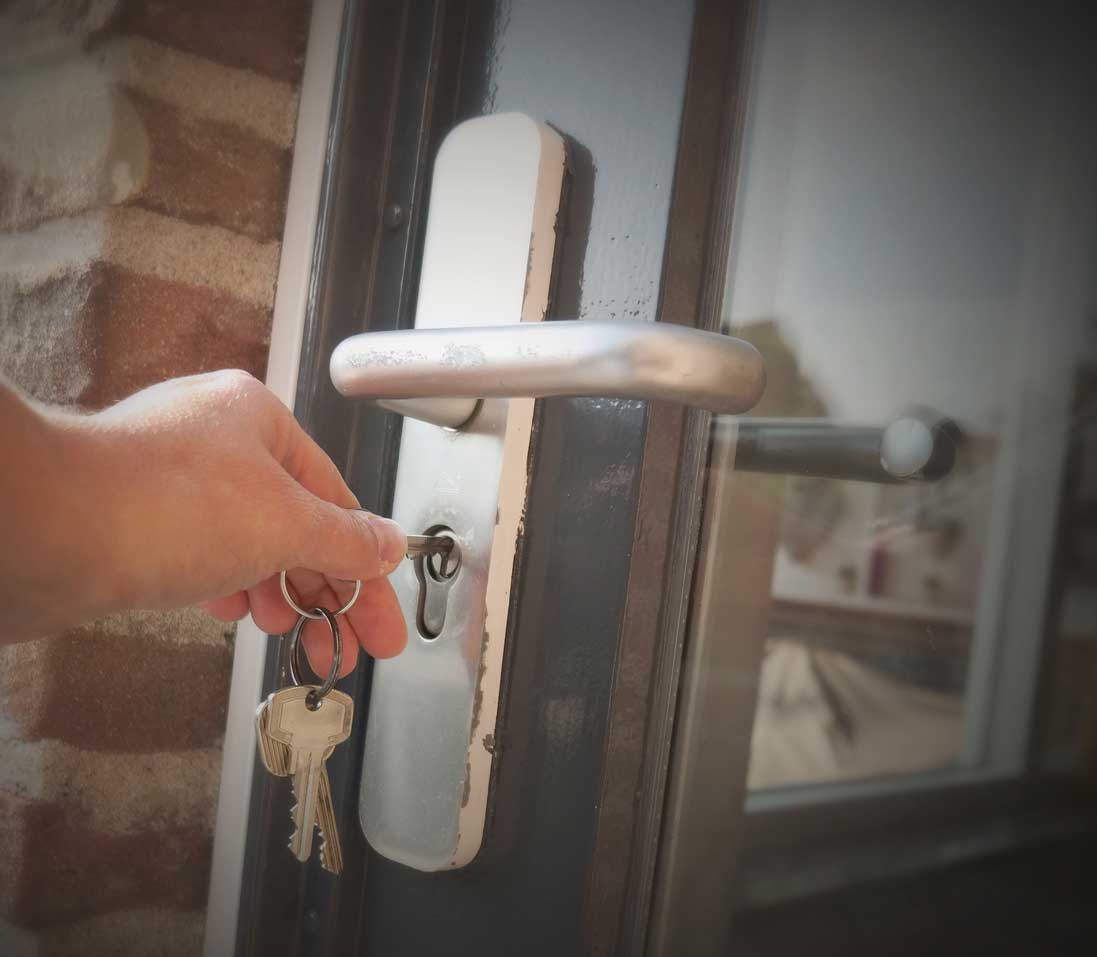Securing closer working between mental health and housing
As a new opportunity to integrate health and housing approaches, what lessons have we learned?

STRATEGY
Image: Istock

Peter Molyneux
Chair, Sussex Partnership NHS Foundation Trust
The establishment of Integrated Care Boards on 1 July provides an opportunity to look again at how we might bring housing and health services together. This has been a recurring theme for the past 20 years, so here are some key points from a more detailed recent briefing I provided on the lessons from the past two decades and how this closer collaboration might now finally be achieved.
The story
For some time, public health policy has recognised the contribution safe, dry, affordable housing makes to population health. As a result, the significant expansion in house building throughout the 20th Century was the object of considerable attention from public health professionals. Social housing providers have also invested in communities not just through the quality of housing they provide, but also through a range of community projects.
The closure of the long-stay hospitals in the 1990s had seen new investment in community-supported housing by the health sector, as well as rent deposit schemes to support independent living in private rented housing. The Supporting People programme, launched in 2003, created a strategic environment around supported housing and a quality framework to ensure standards. It was intended to be jointly commissioned by health and social care sectors, but in reality was primarily driven by social care. Consequently, health organisations didn’t see it as a space in which they had strategic responsibility or much agency.
The 1999 National Service Framework (NSF) for mental health saw housing and employment as ‘health outcomes’, as well as tackling social exclusion. Accommodation, with the right kind of support, was recognised to be important for the effective delivery of services – especially at times of crisis. The NSF saw a clear role for ‘supported living’ options to meet the aspirations of service users to live independently. However, NSFs had little or no read across to social care or the Supporting People programme. This was due partly – and not for the last time – to NHS reorganisation.
Benefits of integration
The National Mental Health Development Unit (NMHDU) demonstrated that integration of housing services at each stage of a pathway could improve outcomes and deliver value for money by:
- considering housing needs and options at each stage of the pathway;
- embedding housing expertise in multi-disciplinary teams;
- developing a shared understanding of risk;
- defining a shared approach to quality;
- developing step-down accommodation.
Supported housing today
Fast-forward to the present day and some supported housing is delivered as part of care pathways. This is done by providing housing advice, alternatives to unnecessary hospital admission, step-down support from inpatient provision for those who need it, and then by providing move on accommodation.
Supported housing providers play a key role in preventing further illness, enabling faster patient discharge to a less restrictive setting and monitoring any changes in risks. However, the term supported housing remains little understood within the NHS, due to a lack of consistent design and quality standards.
In addition, the significant reduction in Supporting People funding over the past 10 years (by around 80 per cent) has led to disinvestment. Instead, there has been more focus on trying to fund placements and joint funding arrangements through S117 obligations for those individuals who are sectioned under the Mental Health Act.
Lack of awareness
Unfortunately, health providers looking for solutions to support people with complex rehabilitation needs did not appreciate what could be achieved in partnership with supported housing providers. Instead they resorted to the use of residential care and other forms of largely independent sector inpatient provision – much of it outside the individual’s local area.
Health working with housing
While there are examples of healthcare organisations developing housing strategies – Greater Manchester Mental Health (GMMH) developed a strategy to eliminate out-of-area placements and Sussex Health and Care Partnership developed a strategic plan for integrating housing and mental health – the Covid-19 pandemic highlighted the importance of addressing the mental health, wellbeing and resilience of communities.
Much of the promotion and prevention work in this area is being done by housing associations. They are working across communities and investing in models of neighbourhood management that use motivational interviewing or coaching techniques to sustain tenancies and support recovery goals. Thus freeing up specialist mental health providers to focus on secondary prevention.

“A key lesson is that housing is not the solution to recovery, but there is no recovery without housing.”
What have we learned?
A key lesson is that housing is not the solution to recovery, but there is no recovery without housing. However, this requires significant skill and thought across a broad range of practitioners. So, what are the steps necessary to address these longstanding issues we have identified?
- The NHS needs to see itself as having agency in relation to housing; to see housing services as part of each care pathway and as a potential solution to some of the difficult issues it faces.
- Integration must include those partners with the assets to help deliver meaningful recovery for individuals and communities, e.g. housing, education and employment services.
- Housing services play a key role in building social cohesion by providing housing advice, alternatives to unnecessary admission and step-down support from inpatient provision for those who need it.
- Supported housing providers need to design clear models for delivery, establish an evidence base for their interventions, create and comply with a set of standards and develop standard definitions of good practice.
- It is essential to provide effective housing support to ensure people leaving hospital with mental health problems are both adequately housed and provided with the necessary support. This will help ensure stability and positive social and psychological outcomes.
- Health providers looking for solutions to support people with complex rehabilitation needs in their local area could develop more rehabilitation services in that area. These can combine inpatient and supported housing that can deliver community-based rehabilitation solutions for those with complex needs as a result of autism, learning disability or mental illness.
- Specialist mental health providers need to share skills and build capacity across communities. This is so work on prevention and promotion can be done by organisations working within communities – such as housing associations – thus freeing up capacity in specialist mental health providers.
Although there are significant challenges in the area of mental health and housing, our experience already provides many of the answers. Let’s take this opportunity to finally deliver closer working and, ultimately, better outcomes for individuals.


